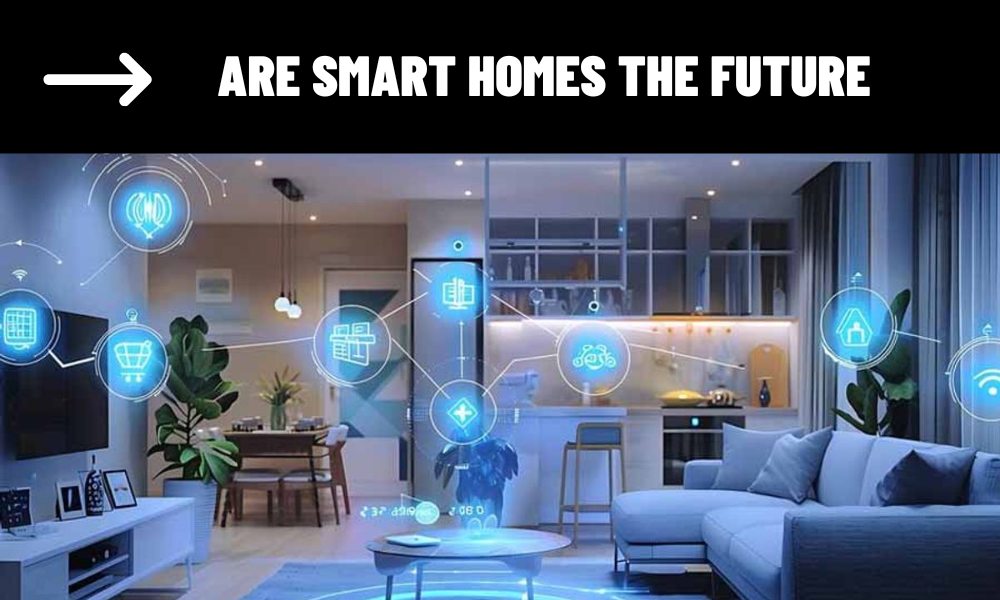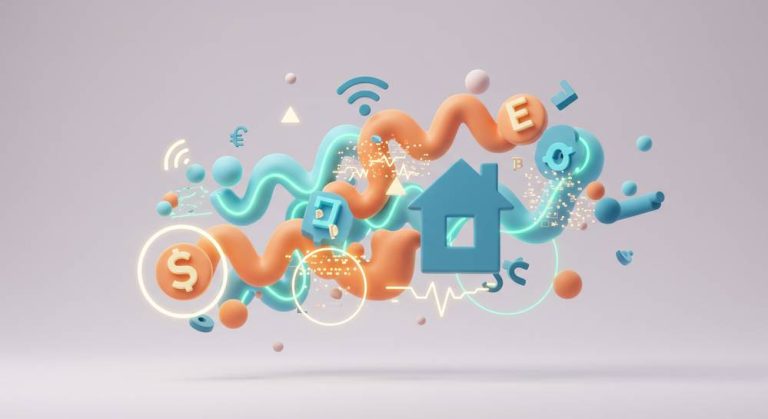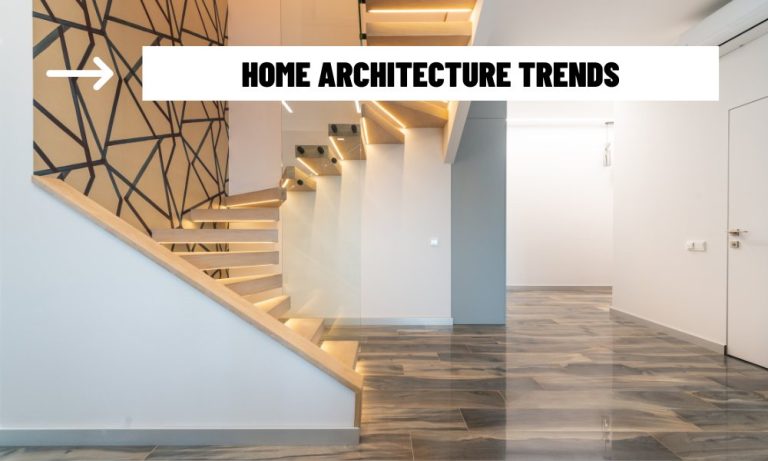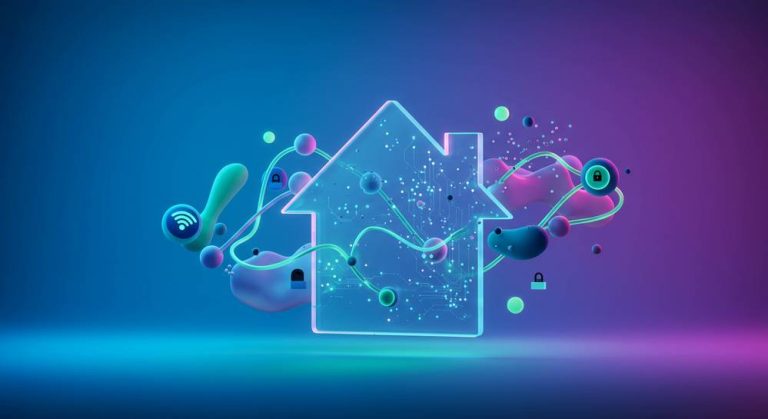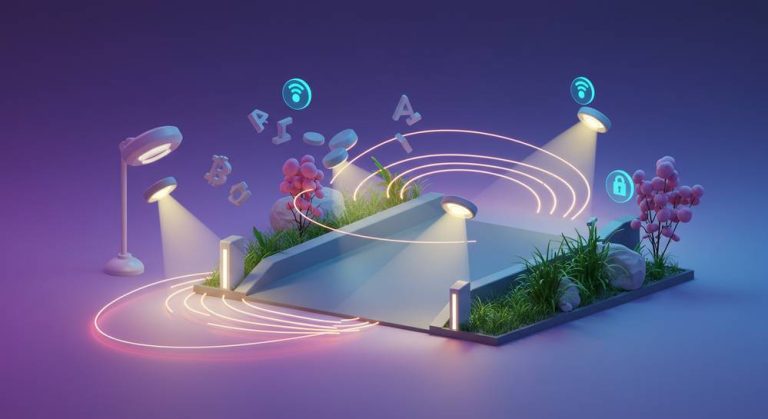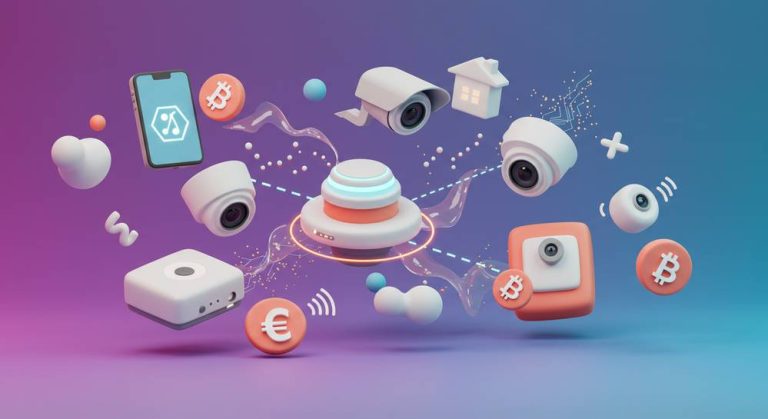The concept of a smart home—a living space equipped with devices that can be controlled remotely or automated—has moved from science fiction to everyday reality. With advancements in the Internet of Things (IoT), artificial intelligence (AI), and machine learning, smart homes are becoming more affordable, convenient, and accessible for homeowners. But the question remains: Are smart homes the future?
While many already enjoy the benefits of smart lighting, security systems, and voice assistants, the smart home revolution is only beginning. In this article, we’ll explore why smart homes are poised to become the future of living, how technology is transforming the way we interact with our homes, and what challenges we may face along the way.
The Growing Popularity of Smart Homes
Smart homes are no longer just for the tech-savvy or early adopters. With more devices being integrated into everyday life, many homeowners are realizing the incredible benefits that come with smart technology. From convenience to energy efficiency, there are several key reasons why people are choosing to upgrade their homes.
1. Seamless Convenience
Perhaps the most significant draw of smart homes is the level of convenience they provide. With a simple voice command, you can adjust your thermostat, turn off the lights, lock your doors, or even start your coffee machine. Thanks to voice assistants like Amazon Alexa, Google Assistant, and Apple Siri, controlling the home has never been easier.
This level of control is extended through the use of smart apps, which allow you to manage your home from anywhere. You can monitor security cameras, adjust lighting, or check your home’s energy usage—right from your smartphone or tablet. Whether you’re at work or on vacation, smart technology provides peace of mind and efficiency at the touch of a button.
2. Energy Efficiency and Sustainability
Another key benefit of smart homes is energy efficiency. Devices such as smart thermostats, smart lighting, and energy monitoring systems can significantly reduce your energy consumption and lower utility bills.
For instance, smart thermostats like Nest learn your daily routines and adjust the temperature to optimize energy use. They can detect when you’re away from home and automatically adjust the heating or cooling settings to save energy. Similarly, smart lighting can be programmed to turn off when rooms are unoccupied or adjust based on the time of day or natural light available.
In a world increasingly focused on sustainability, smart homes play a vital role in reducing carbon footprints. As more devices become connected, the ability to manage energy consumption on a granular level will continue to grow, contributing to a greener future.
3. Enhanced Security
Smart home technology offers significant advancements in home security. With smart cameras, motion sensors, smart locks, and video doorbells, homeowners can monitor and control their security systems remotely.
For example, smart doorbell cameras like Ring allow homeowners to see who is at their door, even when they are not at home. Smart locks enable remote access, allowing homeowners to unlock doors for friends, family, or delivery personnel, without needing a physical key.
Many systems also offer real-time alerts if suspicious activity is detected, allowing you to take immediate action. With smart security, you can feel confident that your home is secure, even when you’re miles away.
4. Customization and Automation
Smart homes can be fully automated, creating personalized experiences based on your preferences. For instance, you can set up routines for different times of the day, such as turning on the lights and adjusting the thermostat in the morning, or dimming the lights and locking the doors when you go to bed.
Devices like smart speakers can act as the central hub for your home’s automation, orchestrating everything from entertainment to temperature control. The ability to create a personalized living space that adapts to your lifestyle makes a smart home feel intuitive and comfortable.
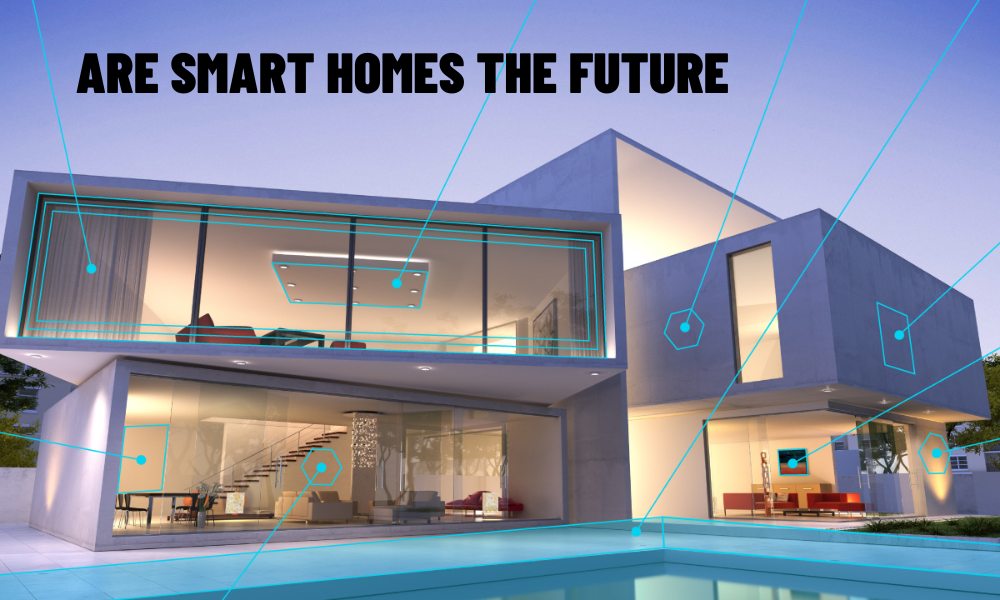
Challenges Facing the Smart Home Revolution
While the potential of smart homes is exciting, there are several challenges that still need to be addressed before they can truly become the norm. These challenges include:
1. Security and Privacy Concerns
The more devices you have connected to the internet, the greater the risk of cyberattacks. Smart home devices can be vulnerable to hacking if not properly secured. For example, weak passwords or outdated software can make it easy for cybercriminals to gain access to your system.
Moreover, many smart devices collect personal data, from voice recordings on smart speakers to video footage from security cameras. This raises important privacy concerns, especially if this data is not encrypted or if the device is vulnerable to being hacked.
Manufacturers are working to enhance security, but it’s essential for homeowners to stay proactive by using strong passwords, enabling two-factor authentication, and regularly updating device firmware.
2. Compatibility Issues
Another challenge with smart homes is the issue of compatibility. Different smart home devices often work on different ecosystems—Amazon’s Alexa, Google’s Assistant, and Apple’s HomeKit all use their own technologies. This can create difficulties for users who want to integrate multiple devices from different brands into one cohesive system.
While the industry is gradually moving towards more open standards like Matter (an interoperability protocol), compatibility remains a challenge for users looking to create a seamless, integrated smart home experience.
3. Cost of Implementation
While prices for smart home devices have decreased over time, setting up a fully connected home can still be expensive. High-quality smart thermostats, cameras, locks, and other devices often come with a premium price tag. Additionally, a smart home ecosystem may require a central hub to bring all devices together, further increasing costs.
For homeowners on a budget, the cost of fully automating a home can be a barrier. However, as demand for smart home technology increases, it’s likely that costs will continue to fall, making it more accessible for everyone.
What Does the Future of Smart Homes Look Like?
Despite the challenges, smart homes are clearly the future of living. As technology continues to advance, smart homes will become even more intelligent, automated, and integrated into our daily lives. Here’s what to expect in the coming years:
1. Increased Use of AI and Machine Learning
As artificial intelligence (AI) and machine learning improve, smart homes will become more intuitive and personalized. Rather than simply responding to commands, smart home systems will learn your habits and automatically adjust to meet your needs. For instance, your thermostat could anticipate when you’ll be home based on traffic patterns, and your lights could automatically adjust to match the weather outside.
2. Seamless Connectivity with 5G
The rollout of 5G technology will improve the connectivity and responsiveness of smart home devices. Faster speeds and lower latency will enable more devices to communicate in real-time, making automation and remote control more seamless and efficient.
3. Voice Control Everywhere
Voice assistants will continue to evolve, becoming more capable and integrated into everyday devices. Expect voice control to expand beyond just smart speakers, allowing you to interact with all your connected devices using natural language. You may soon be able to ask your fridge to create a shopping list, or request your oven to preheat while you’re still on your way home.
4. More Focus on Health and Wellness
The future of smart homes will also include a greater focus on health and wellness. Smart homes will integrate with wearable health devices, allowing for real-time tracking of your health metrics and adjusting the environment to support your well-being. For example, your smart home could adjust the air quality or lighting based on your sleep patterns, helping you get a better night’s rest.
Are Smart Homes the Future?
Yes, smart homes are the future, but like all emerging technologies, they will continue to evolve over time. While challenges such as security concerns, compatibility issues, and costs remain, the benefits of convenience, energy efficiency, and enhanced security make smart homes an attractive option for many homeowners.
As technology advances, smart homes will become more intelligent, secure, and accessible. The integration of AI, 5G, and machine learning will make living spaces more intuitive and personalized. With each new advancement, we’re stepping closer to the day when smart homes will be as common as traditional homes.
Are you ready to make your home smarter? With the right devices and a little planning, you can start experiencing the future of living today.
